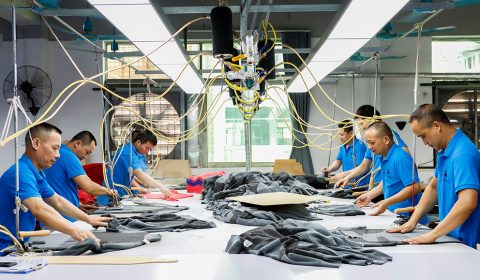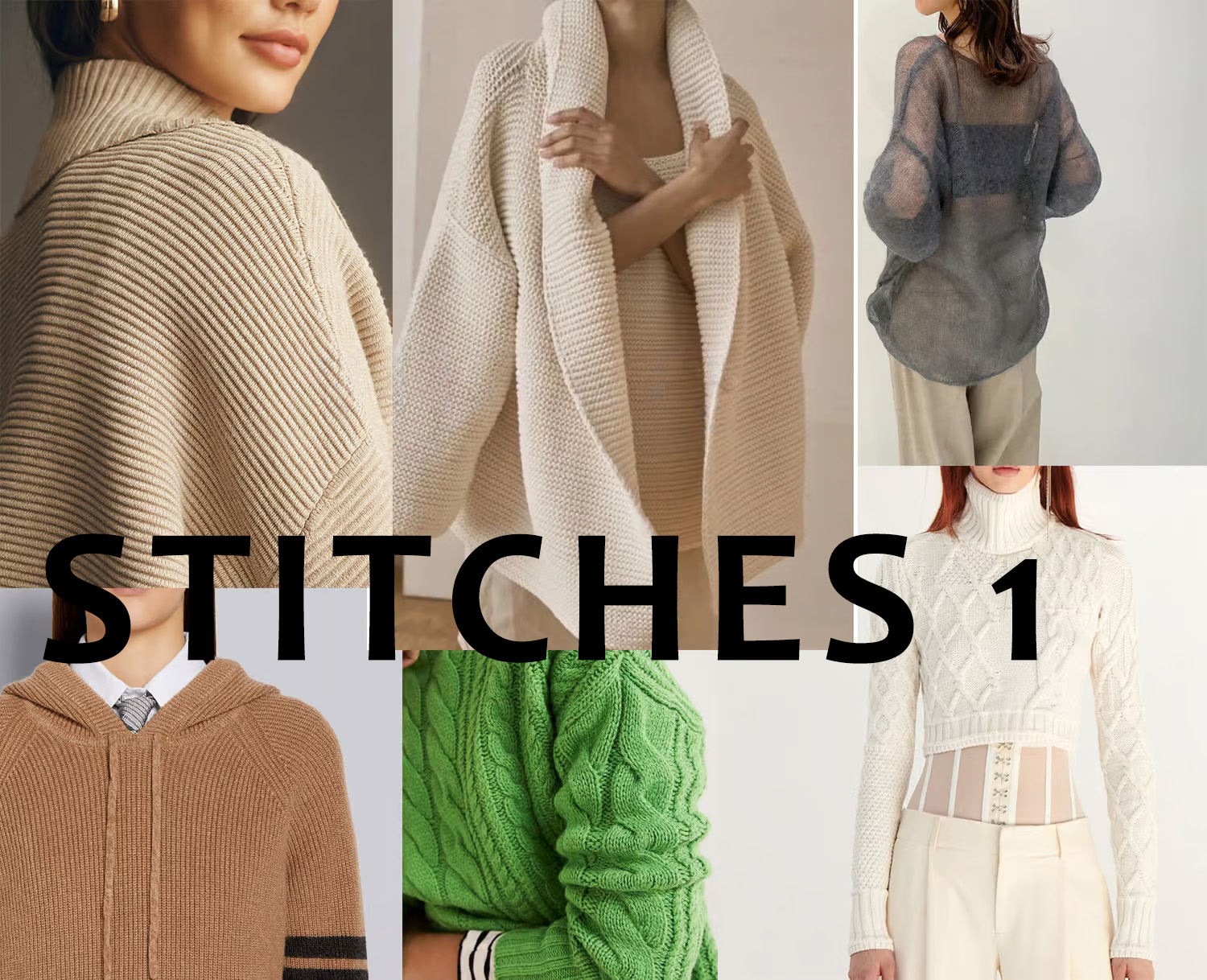Sweater fashion trends for spring and summer
The spring and summer seasons are representative of warmth and vitality, and this season’s sweater fashion trends often reflect relaxed, bright and colorful characteristics. Lightweight wool-blend sweaters have become the focus of the fashion world, they are comfortable, breathable and suitable for warm weather.
The color tones of spring and summer are usually brighter, dominated by soft pinks, fresh blues and sunny yellows, which are reminiscent of blooming flowers and blue skies.
Spring and summer sweaters often focus on comfort and leisure. Cropped cardigans and knitted vests are very popular and can be worn with high-waisted skirts or shorts for a relaxed holiday look.
In addition, lightweight lace, transparent yarn and hollow design are also often seen in spring and summer sweaters, adding a romantic wear.
Sweater fashion trends for fall/winter
As temperatures drop, sweater fashion trends for fall and winter focus on warmth and comfort. During this season, thick, warm materials such as cashmere, wool and blended fibers become favorites.
Deep colors such as dark gray, brown, wine red and dark green are very popular in autumn and winter, they bring people a feeling of warmth.
Fall/winter sweaters come in a variety of styles, including chunky wool sweaters, hooded sweaters, color-matching designs and oversized styles. Hooded sweaters and styles with fluffy linings, in particular, are ideal for fighting the cold.
In addition, autumn and winter are also the season for sweater prints and knitted patterns, which give sweaters more fashion elements.
Sustainable fashion
Sustainable fashion is one of the high-profile trends in the fashion industry today, aiming to reduce the adverse impact on the environment and provide more socially responsible fashion choices.
The rise of this trend is underpinned by a growing focus on environmental sustainability and ethical responsibility, with many brands actively adopting sustainable materials and production methods to drive a shift in the fashion industry.
Sustainable fashion emphasizes the use of sustainable materials. The excessive use of synthetic materials such as cotton, nylon and polyester in the traditional fashion industry has led to resource depletion and environmental pollution. As a result, more and more brands are looking for alternative materials such as organic cotton, hemp, bamboo fiber, recycled fiber and vegetable dyes. These materials are not only environmentally friendly, but can also reduce reliance on harmful chemicals and improve the sustainability of fashion products.
Sustainable fashion emphasizes the improvement of production methods. Traditional fashion production usually involves high energy consumption, high emissions and low worker rights. Sustainable fashion brands actively seek to reduce the negative impact of their production on the environment, such as reducing waste, improving energy efficiency, and improving workers’ wages and working conditions. Some brands also promote local manufacturing to reduce the environmental strain of transportation.
The sustainable fashion trend is expanding rapidly, with brands and consumers placing increasing emphasis on environmental protection and social responsibility. By using sustainable materials and improving production methods, the fashion industry can better meet today’s needs and provide healthier, more sustainable fashion options for the future.




 English
English Deutsch
Deutsch Français
Français Italiano
Italiano Español
Español Русский
Русский Polski
Polski Nederlands
Nederlands Svenska
Svenska

